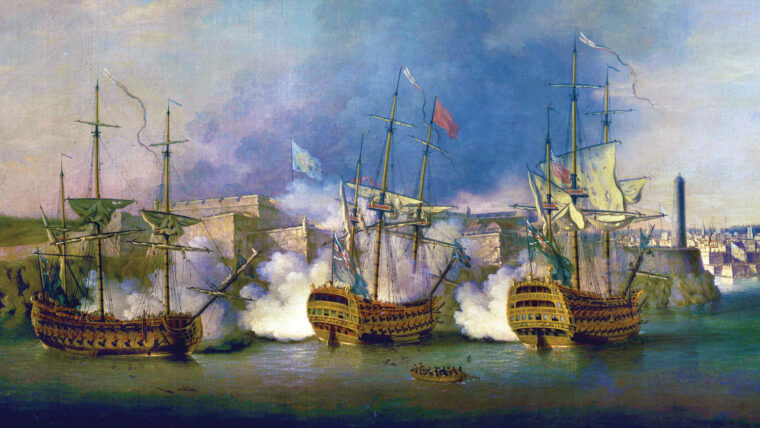
Daring Strike on Havana
By Mike PhiferThe guns of the British warships assaulting the Cuban shoreline just east of Havana on the morning of June 7, 1762, roared to life in a flash of orange flames and grey smoke. Read more

The guns of the British warships assaulting the Cuban shoreline just east of Havana on the morning of June 7, 1762, roared to life in a flash of orange flames and grey smoke. Read more
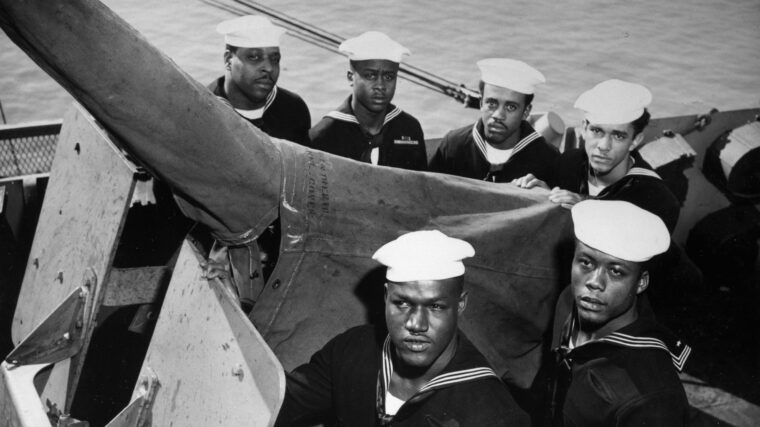
How I, then a teenager of African descent, found myself thousands of miles away from my placid, rural Mississippi home and on a dangerous volcanic island known as Iwo Jima in the middle of the Pacific Ocean, where tens of thousands of men met violent deaths, is a journey at which I still marvel today, some 65 years later. Read more
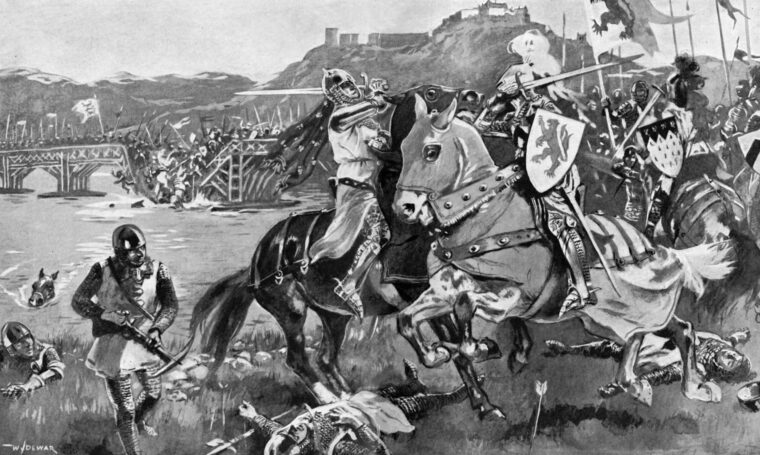
After the disastrous Battle of Dunbar in April 1296, the Scottish revolt against England stalled for more than a year until a rebel force led by Andrew de Moray and William Wallace rekindled the flames of rebellion with a stunning victory over the English at Stirling Bridge. Read more
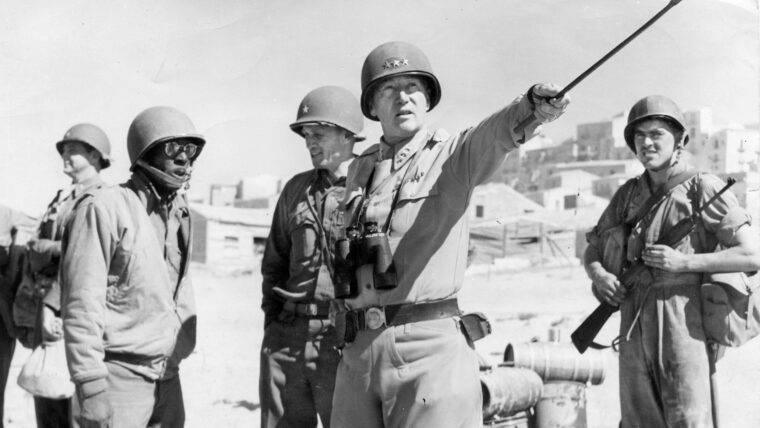
By Kevin M. Hymel
“Only God and the Navy can do anything until we hit the shore,” Lt. Gen. George S. Read more
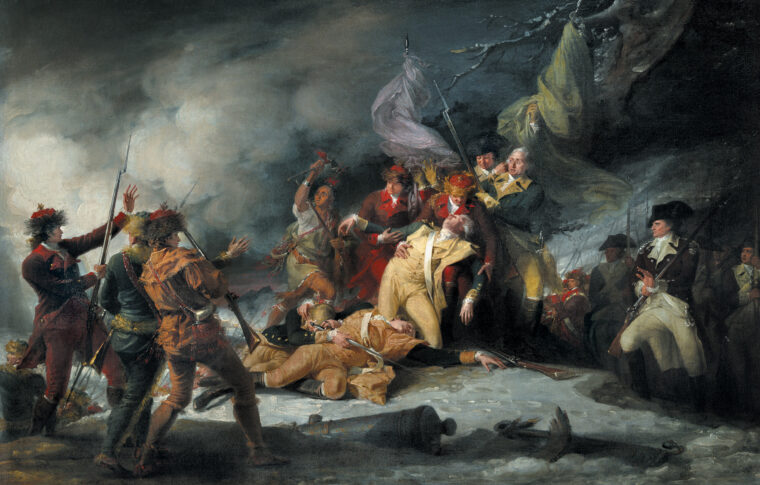
On November 9, 1775, a British resident of Quebec wrote a letter back home, a missive that he knew might not even reach England, because the Canadian fortress city would soon be under a state of siege. Read more
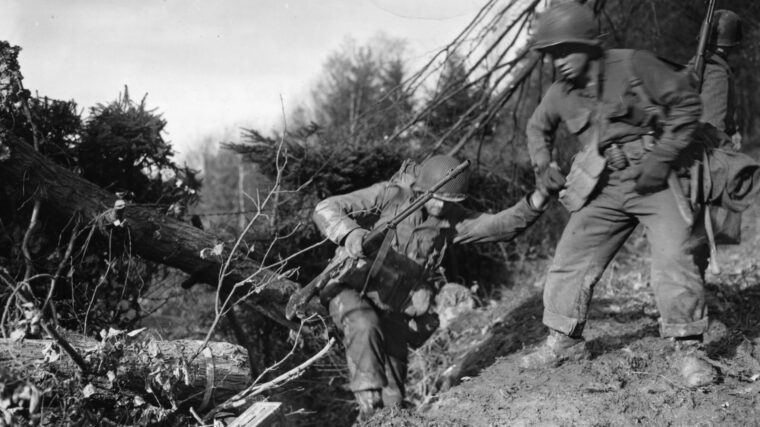
Hürtgen Forest. Chilling rain, freezing fog, mud, impenetrable forest. Unremitting misery for GIs and Landsers alike. War correspondent Ernest Hemingway famously called it “Passchendaele with tree bursts.” Read more
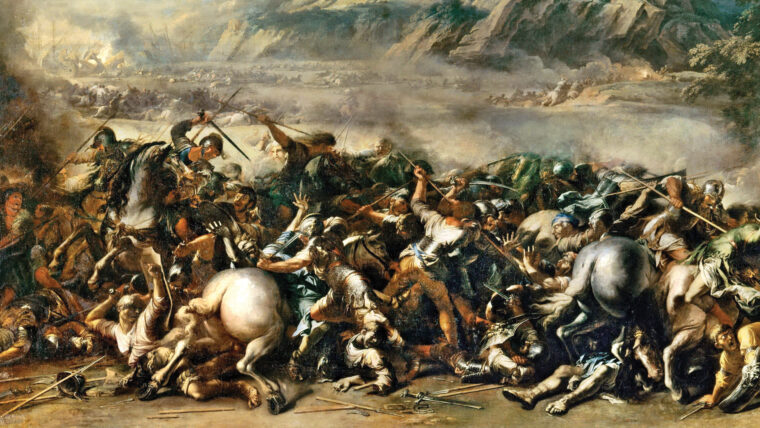
Gnaeus Pompey was one of the pivotal Roman leaders during the last decades of the Republic. He was born into an old and wealthy provincial family from Picenum on September 29, 106 BC. Read more
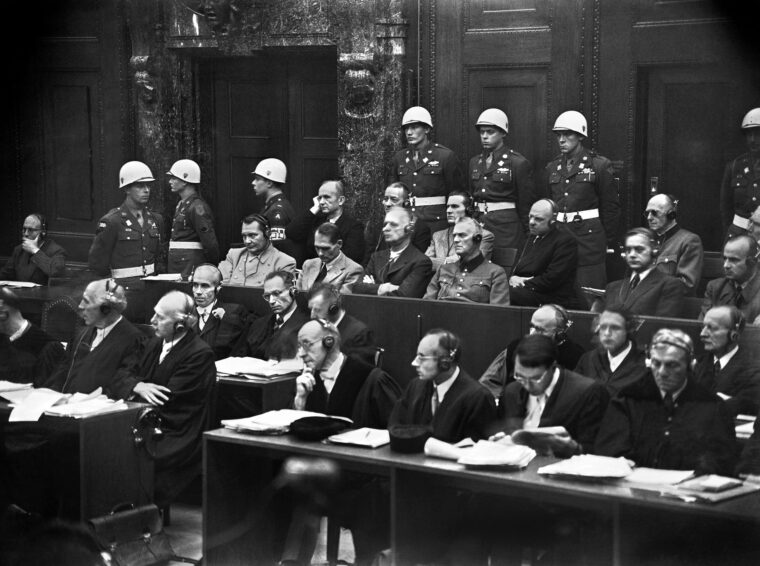
After Imperial Germany lost the Great War (1914-1918), the Treaty of Versailles punished her severely in terms of ruinous restitution payments to the victors, economic sanctions, the loss of territory and colonies, the forced abdication of Kaiser Wilhelm II, and the heavy restrictions imposed on her armed forces. Read more
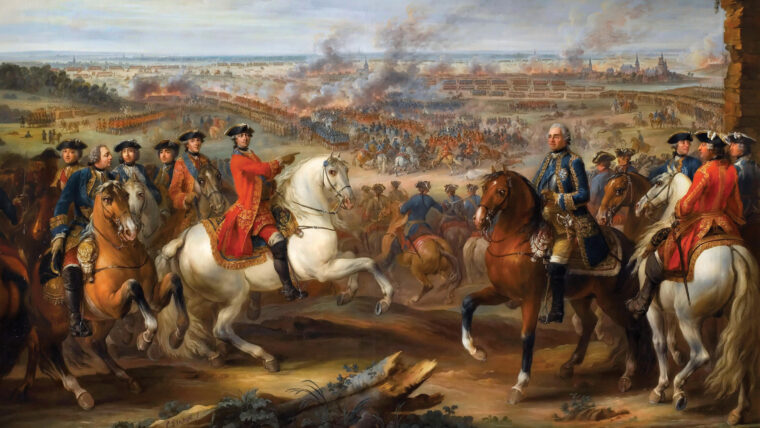
The French cavalry thundered ahead, straight for the British open square. The red-coated infantry made ready for them, the front-rank knelt with muskets planted in the ground and their fixed bayonets pointed outward. Read more
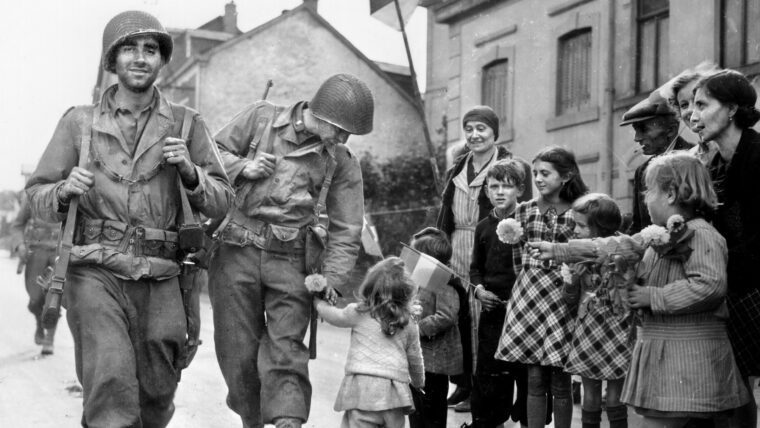
IN a house in a small, nameless Belgian village, 26-year-old Sergeant Tom Myers, a newly assigned member of the 5th Armored Division, was upstairs changing his filthy uniform for a fresh one. Read more
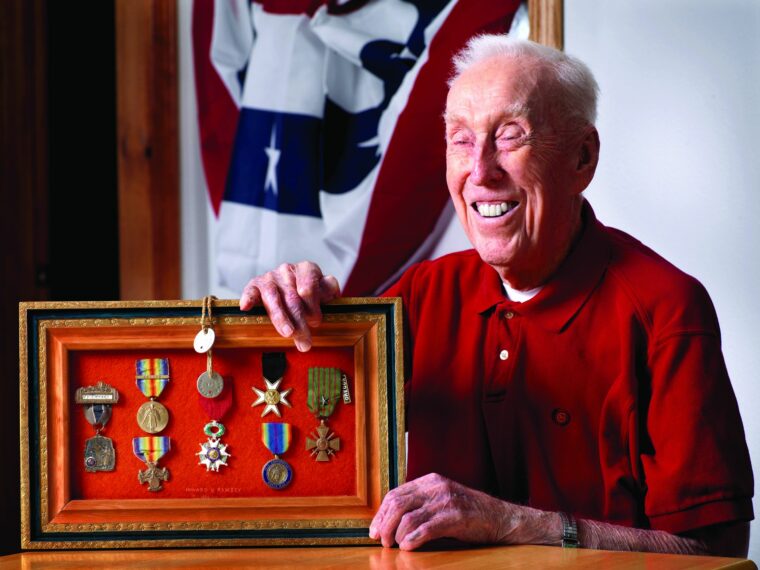
November 11, 2008, marked the 90th anniversary of the end of World War I. Some 4,734,991 American soldiers served in the conflict, and 116,516 Americans lost their lives during the nation’s two-year participation in the war—a casualty rate far surpassing the deaths incurred in the combined wars of Korea, Vietnam, and the Persian Gulf. Read more
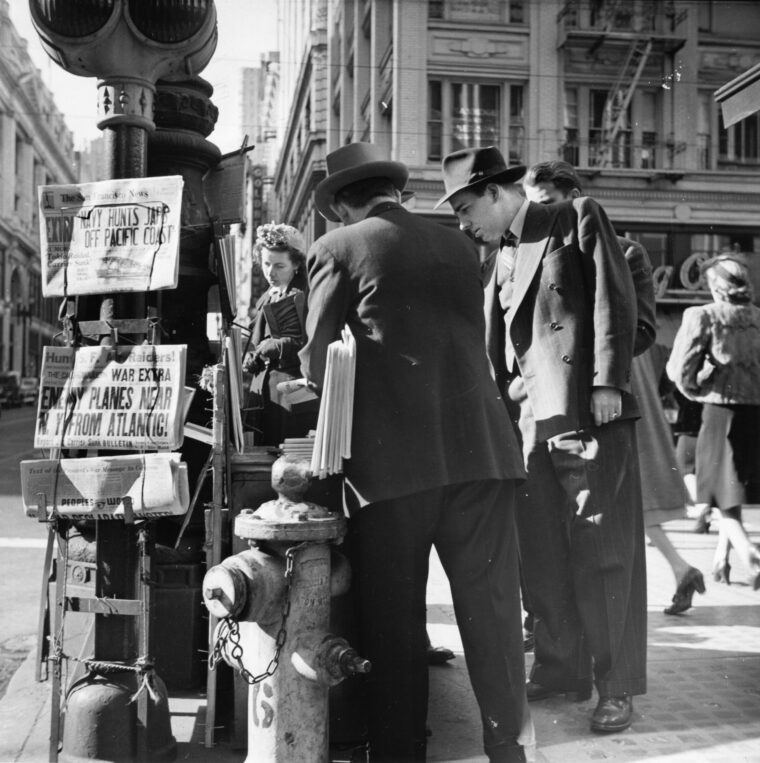
Throughout World War II, the Imperial Japanese Navy dreamed of taking the war to the West Coast of the United States. Read more
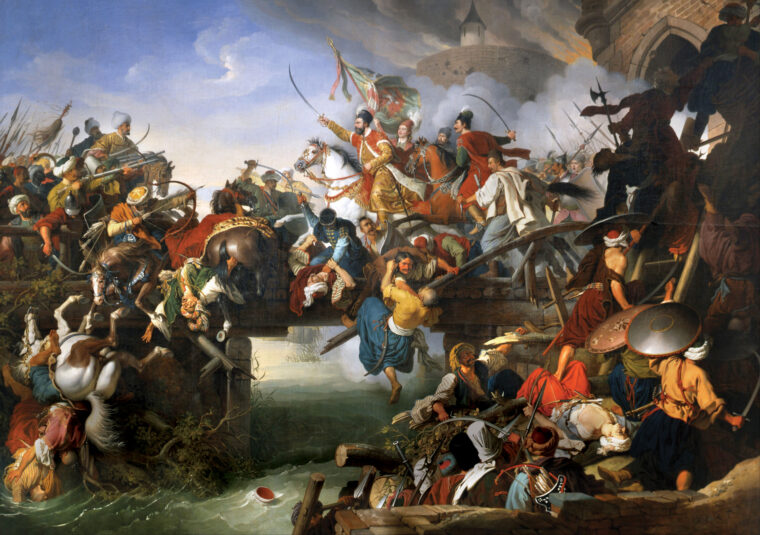
Venetian military engineer Gabriel Tandini listened intently in the semi-darkness of the Knights Hospitaller counter-tunnels beneath the walls of Rhodes for sound of Turkish sappers trying to dig under the city’s walls. Read more
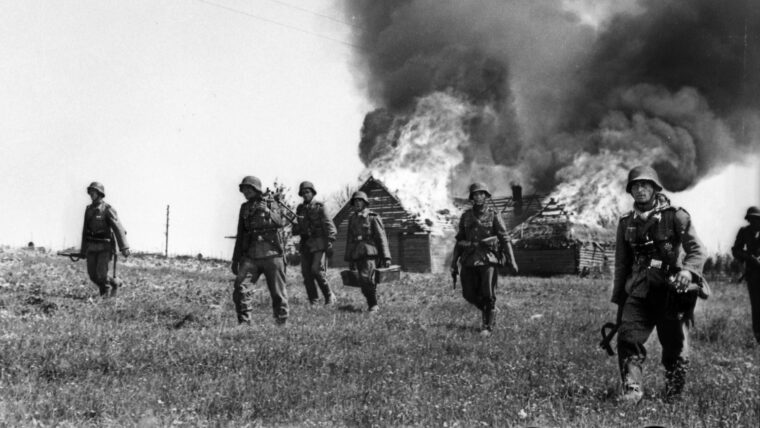
By April 1941, just over a year and a half into World War II, Nazi Germany was the master of Europe. Read more
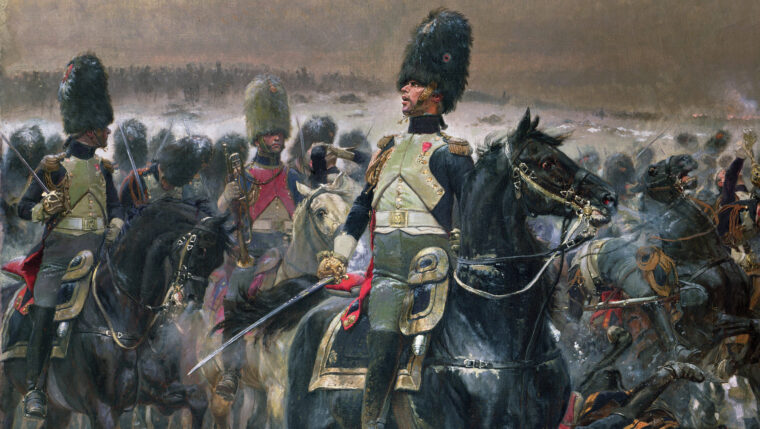
After decisively crushing Austrian and Russian armies in the 1805 campaign, French Emperor Napoleon became the undisputed master of Central Europe. Read more
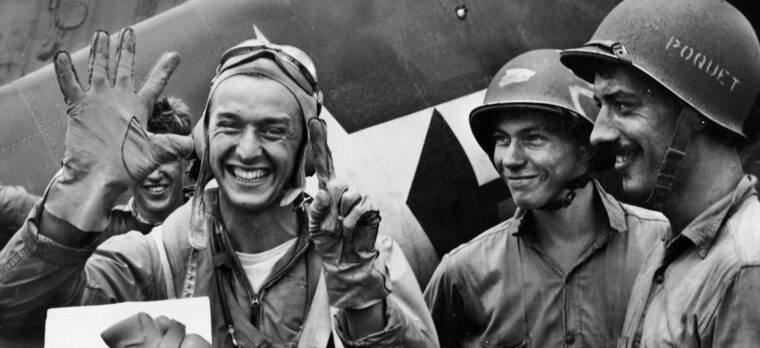
Once again, the Japanese regarded an upcoming naval engagement as the “decisive battle,” but it had been two years since her aircraft carriers and battleships had emerged from their Inland Sea lairs to menace the United States Navy. Read more
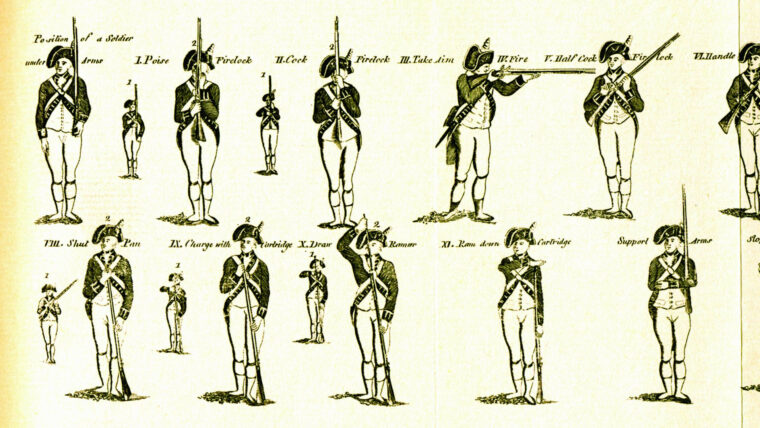
It has long been said that there is a right way to do things, a wrong way to do things—and the military way to do things. Read more
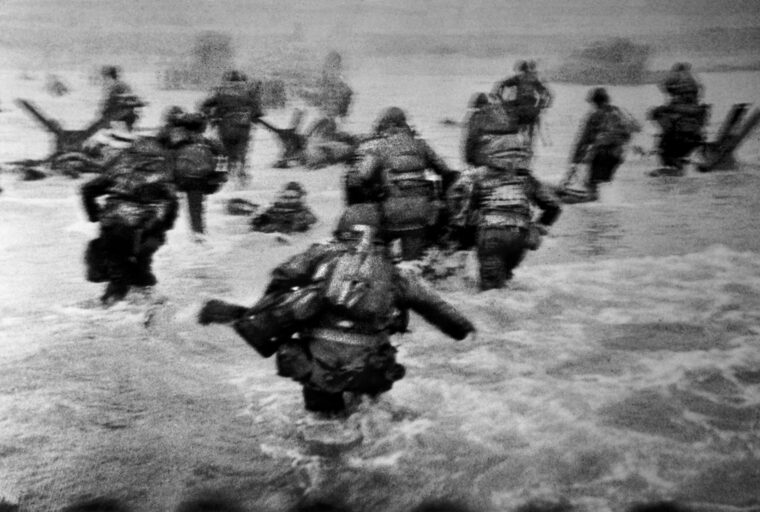
Corporal Michael Kurtz stood on the deck of an attack transport ship sitting off the Normandy coast. Gazing out over the ship’s railing in the pre-dawn hours, he could see the ship’s crew working the davits and ropes for the landing craft. Read more
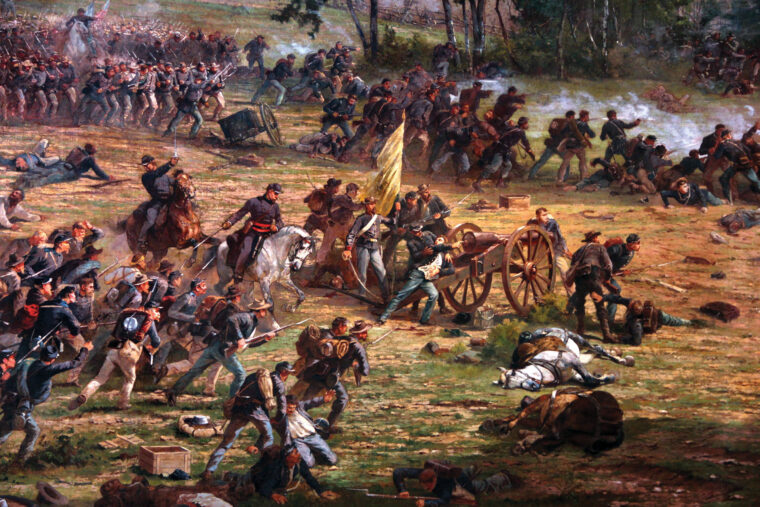
One of the smoothbore cannons in Captain Merritt B. Miller’s Third Company of the Washington Artillery deployed west of Emmitsburg Road just south of the town of Gettysburg fired a single round at 1:07 p.m. Read more
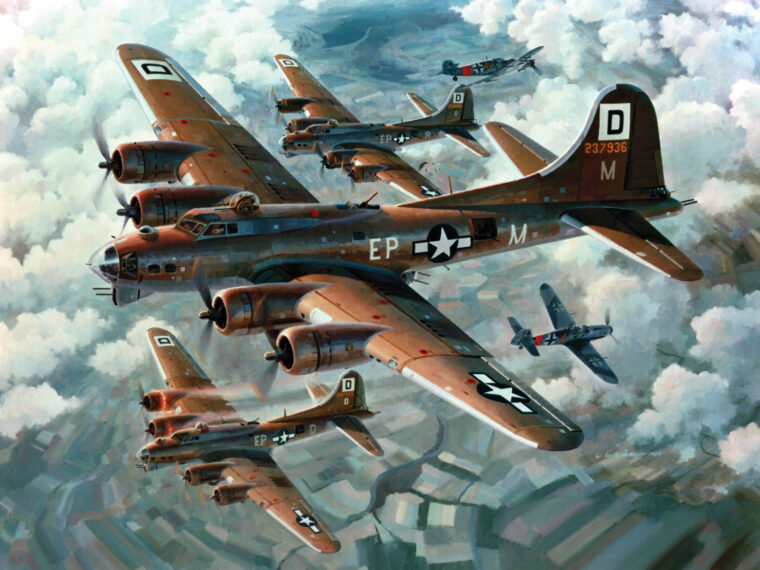
Second Lieutenant John Bosko was flying his seventh mission on August 24, 1944. He was reasonably seasoned as far as bomber commanders went but was unaware of his target’s macabre reputation. Read more